احمدی، منیجه؛ عبدالملکی، سعید؛ خطیب زنجانی، نازیلا (1402). بررسی رابطه بین سواد ارتباطی و اطلاعاتی معلمان و نگرش آنها به آموزش وبمحور با پیشرفت تحصیلی دانش آموزان در دوران کرونا. پژوهشهای روانشناسی اجتماعی، 13(49)، 15-28.
امیری کردلاغری، رضوان (1403). بررسی تأثیر هوشمندسازی مدارس بر سواد ارتباطی و کیفیت تدریس معلمان (مطالعه موردی: معلمان مقطع متوسطه اول شهریاسوج). دومین کنگره جهانی یافته های نوین در سلامت علوم بهداشتی و علوم تربیتی، 2(6)، 87-102.
پاتر، دبلیو، جیمز (1403). نظریه سواد ارتباطی؛ رهیافتی شناختی. ترجمه ناصر اسدی، محمد سلطانیفر و شهناز هاشمی. تهران: سیمای شرق.
تیره علی ملک، حوریه (1403). بررسی تأثیر میزان سواد ارتباطی معلمان زبان انگلیسی درفرایند بهبود یادگیری الکترونیکی دانش آموزان پایه نهم دوره متوسطه شهرستان نقده. ششمین همایش ملی پژوهشهای حرفه ای در روانشناسی و مشاوره با رویکرد از نگاه معلم میناب، 6(9)، 16-30.
جعفری، داود؛ آصفی، کیمیا (1403). رابطه ی بین سواد ارتباطی و مهارتهای شغلی با خودکارآمدی در معلمان زن دوره ابتدایی شهر ملایر. نهمین کنفرانس بین المللی مطالعات میان رشته ای علوم بهداشتی، روانشناسی، مدیریت و علوم تربیتی، 9(6)، 63-79.
جواهری قاسمپور، زهرا؛ قاسمی، حمید؛ راسخ، نازنین (1402). طراحی مدل توسعه سواد ارتباطی معلمان تربیت بدنی. دوفصلنامه پژوهش در ورزش تربیتی، 11(31)، 1-32.
خبیری، فرید؛ کریمی، حمیدرضا؛ موسوی، میراسد؛ حسینی سریزدی، سیدسجاد (1402). تبیین ارتباط سواد ارتباطی و ارتباطی با ویژگی حرفهای معلمان مدارس ابتدایی. دهمین همایش ملی تازههای روانشناسی مثبت بندرعباس، 10(5)، 1-14.
خسروی، پرستو؛ پارسانژاد، مرضیه (1403). بررسی تأثیر رویکردهای آموزش مجازی عمومی بر ارتقاء سواد ارتباطی سایبری معلمان مدارس ابتدایی دخترانه منطقه ی ۴ شهر تهران. مجله مطالعات روانشناسی و علوم تربیتی، 7(77)، 20-39.
درستی، حسن؛ رنجدوست، شهرام؛ ایمانزاده، علی (1401). فرایند شکلگیری سواد ارتباطی در مدارس جمهوری اسلامیایران. فصلنامه پژوهشهای ارتباطی، 29(169)، 131-1.
رنجبر، محسن؛ محمدی، انوشیروان (1403). بررسی تأثیر آموزش فناوری معلمان بر سواد ارتباطی و اهداف استفاده شده از شبکههای آموزشی. ماهنامه پایاشهر، 6(60)، 11-21.
کلانتری، عبدالحسین؛ مومنی، حسن (1394). سواد ارتباطی به مثابه سود دفع ضرر. مهندسی فرهنگی، 83(2)، 110-125.
ماهر اقدم، اسماء؛ آب روشنزوارق، مهسا؛ روشنایی هروان، زهرا (1402). بررسی اثربخشی سواد ارتباطی و ارتباطی بر مهارت و اخلاق حرفهای معلمان. پنجمین همایش ملی پژوهشهای حرفهای در روانشناسی و مشاوره با رویکرد از نگاه معلم، 5(2)، 89-104.
محمدی، زهرا؛ جعفری، علی (1401). بررسی مقایسهای سواد رسانهای دانشآموزان و والدین آنها بر اساس طبقهبندی پاتر (مورد مطالعه: شهر اردبیل). فناوری آموزش و یادگیری، 4(14)، 21-1.
میری، انیس؛ بنیهاشم، زهرا (1402). تأثیر ابعاد سواد رسانهای بر میزان و نوع استفاده از پیامرسانهای فضای مجازی. شمسه، نشریه الکترونیکی سازمان کتابخانهها، موزهها و مرکز اسناد آستان قدس رضوی، 11(43-42)، 42-28.
Afshani, S., Mazidi sharafabadi, S., & Sadri, M. (2014). The Relationship Between Cultural Capital and Media Literacy among Youth in the City of Bafgh. Scientific Journal Management System, 19(43),145-64. https://doi.org/ 10.5455/aim.2014.22.393- 397
Amrayi, F. (2021). The role of media communication and effective advertising in attracting sponsors for women's sports in Lorestan province. Third National Conference on Sports Communication: Communication Literacy and Media Literacy in Sports, Shiraz. (Persian).
Ariapooran, S. (2016). Comparing the emotion expression, emotional literacy and social self-efficacy in children with and without learning disabilities. Journal of Learning Disabilities, 5(2), 7-26.
Arslan, H., & Topal, A. (2023). A Critical Look on Cyberbullying and Cyber Harassment in the Digital Area within the Scope of Social Media Literacy. In Handbook of Research on Bullying in Media and Beyond (pp. 215-233). IGI Global.
Blikstad-Balas, M., & Klette, K. (2020). Still a long way to go: Narrow and transmissive use of technology in the classroom. Nordic journal of digital literacy, 15(1), 55-68.
Charoghchian Khorasani, E., & Vahedian-Shahroodi, M. (2018). Risk perception, public health and risk communication. Journal of Health Literacy, 3(2), 77-81.
Cho, H., Cannon, J., Lopez, R., & Li, W. (2022). Social Media Literacy: A Conceptual Framework. New Media & Society.
Ferguson, R. B. (2015). Multimodal literacy as a form communication. Bachelor Thesis. Sweden: Dalarna University.
Ghasemi, H. & Rasekh, N. (2020). Identifying Dimension of Communication Literacy: Thematic Analysis Approach. Journal of Health Literacy. 4(4), 18-29.
Gibson, J. L., Newbury, D. F., Durkin, K., Pickles, A., Conti-Ramsden, G., & Toseeb, U. (2021). Pathways from the early language and communication environment to literacy outcomes at the end of primary school: The roles of language development and social development. Oxford Review of Education, 47(2), 260-283.
Ginosar, A., & Tal, T. (2018). Teaching journalistic texts in science classes: The importance of media literacy. Journal of Science Education and Technology, 27(3), 205-214.
Greene, J. A., Seung, B. Y., & Copeland, D. Z. (2014). Measuring critical components of digital literacy and their relationships with learning. Computers & education, 76, 55-69.
Greter, S., & Yadav, A. (2016). Computational thinking and media & information literacy: An integrated approach to teaching twenty first century skills. TechTrends, 60, 510-516.
Kirtley, S. (2022). Rendering technology visible: The technological literacy narrative. Computers and Composition, 29(10), 191-204.
Kosnik, C., Menna, L., Dharamshi, P., & Miyata, C. (2017). So how do you teach literacy in teacher education? Literacy/English teacher educators' goals and pedagogies. Australian Journal of Language and Literacy, 40(1), 59-71.
Lee, E., Reed, B., & Laverty, C. (2022). Preservice teachers’ knowledge of information literacy and their perceptions of the school library program. Behavioral & Social Sciences Librarian, 31(1), 3-22.
Levin-Zamir, D. & Bertschi, I. (2018). Media Health Literacy, Ehealth Literacy and the Role of the Social Environment in Context (Review). International Journal of Environmental Research and Public Health, 15 (1643), 1-12.
Liu, J. C., Mabrey III, P. E., Rufo, J. R., & Miller, E. (2017). Synchronous “elevator pitch”: Teaching digital communication literacy with peer consultation and self-assessment. In Unplugging the Classroom (pp. 137-147). Witney: Chandos Publishing.
Luckay, M. B., & Reed, B. I. (2021). The development and validation of an instrument—The technological profile inventory—To determine students’ levels of technological literacy in South Africa. 4th international conference of education, research and innovation, Madrid, Spain (pp. 764–772).
Marefat, R., Mansoorian, Y., & Zerehsaz, M. (2018). A review of articles in the field of information literacy and research methods used in them. Journal of Library and Information Science, 7(2), 129-143. (Persian).
Mashhadi, H. R. (2022). A comparative study of the curriculum of selected countries: The development of information technology and communication literacy of student teachers. Journal of Curriculum Studies, 17(64), 95-124.
McLean, C. A., & Rowsell, J. (2013). (Re) designing literacy teacher education: A call for change. Teaching Education, 24(1), 1-26.
Midtlund, A., Instefjord, E. J., & Lazareva, A. (2021). Digital communication and collaboration in lower secondary school. Nordic J. Digital Literacy, 16, 65–76.
Olsson, L., & Edman-Stålbrant, E. (2008). Digital literacy as a challenge for Teacher Education: Implications for educational frameworks and learning environments. In Learning to Live in the Knowledge Society: IFIP 20 th World Computer Congress, IFIP TC 3 ED-L2L Conference September 7–10, 2008, Milano, Italy (pp. 11-18). Springer US.
Robert, L. (2016). Holistic Media Education: An Assessment of the Effectiveness of a College Course in Media Literacy. Communication Quarterly, 56 (1), 49-68.
Shopova, T. (2014). Digital literacy of students and its improvement at the university. Journal on Efficiency and Responsibility in Education and Science, 7(2), 26-32.
Sitopu, J. W., Khairani, M., Roza, M., Judijanto, L., & Aslan, A. (2024). The importance of integrating mathematical literacy in the primary education curriculum: A literature review. International Journal of Teaching and Learning, 2(1), 121-134.
Techataweewan, W., & Prasertsin, U. (2018). Development of digital literacy indicators for Thai undergraduate students using mixed method research. Kasetsart Journal of Social Sciences, 39(2), 215-221.
von Gillern, S., Gleason, B., & Hutchison, A. (2022). Digital citizenship, media literacy, and the ACTS Framework. The reading teacher, 76(2), 145-158.
Wood, L., & Hasrtshorne, M. (2017). Literacy: The role of communication skills. The Voice for Secondary Education.
Youngbauer, V. W. (2013). Application of media literacy and cultural studies in K–12 social studies curricula. The Social Studies, 104(5), 183-189.
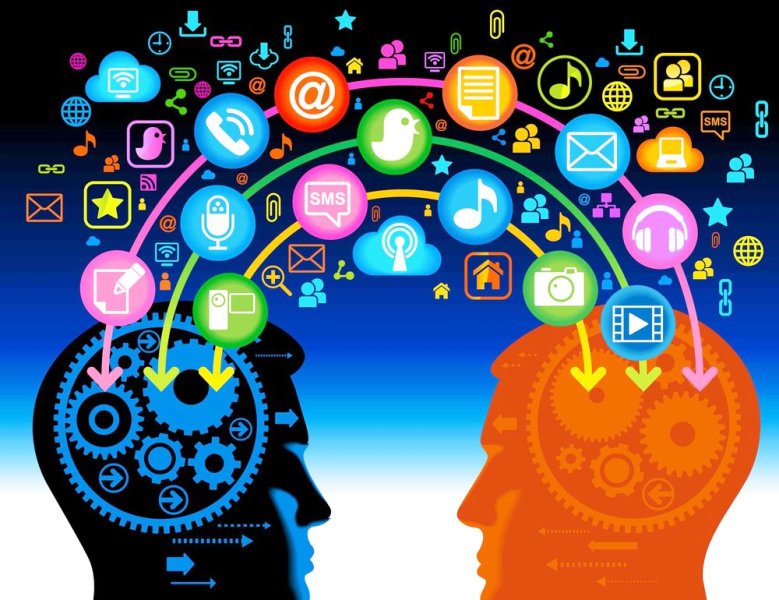

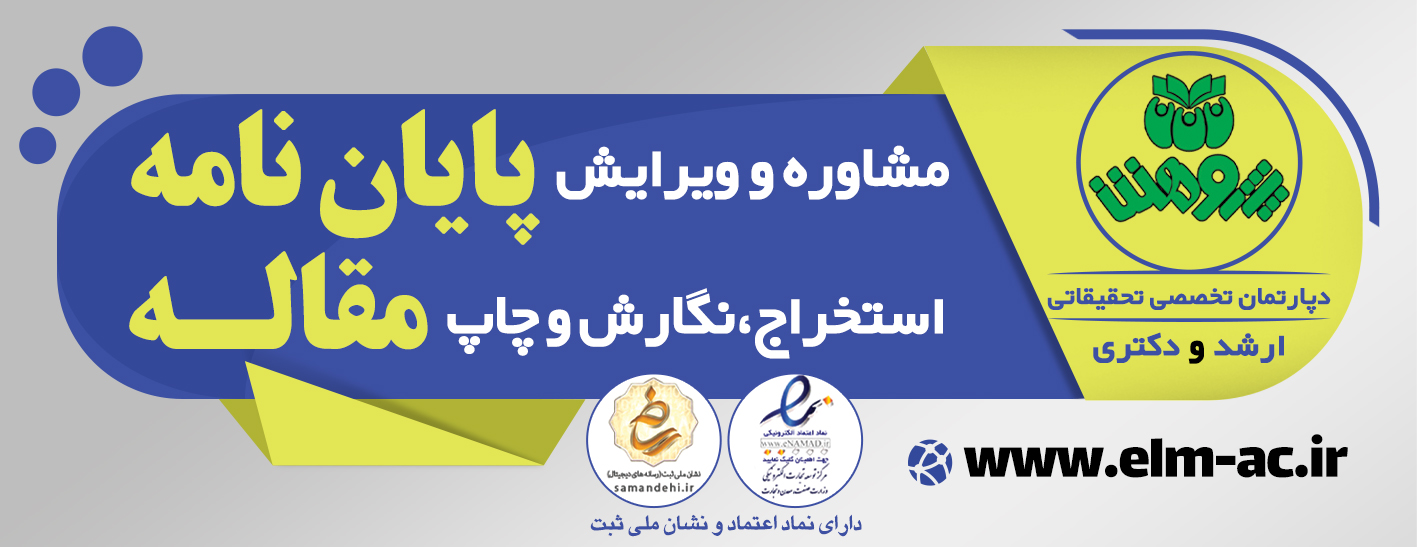
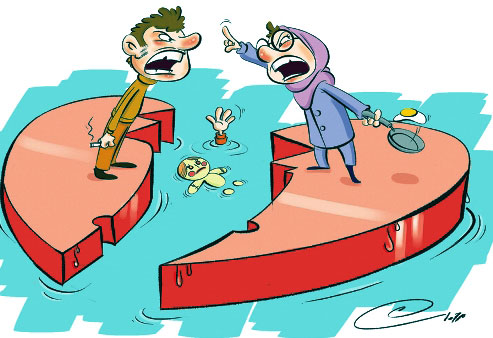

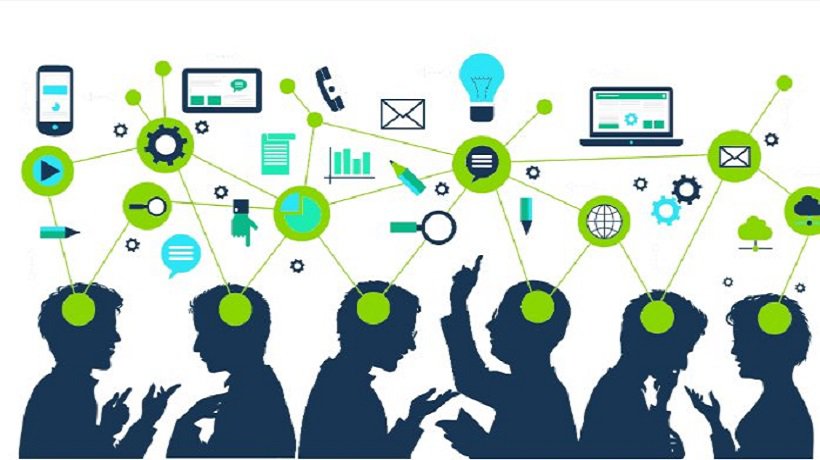




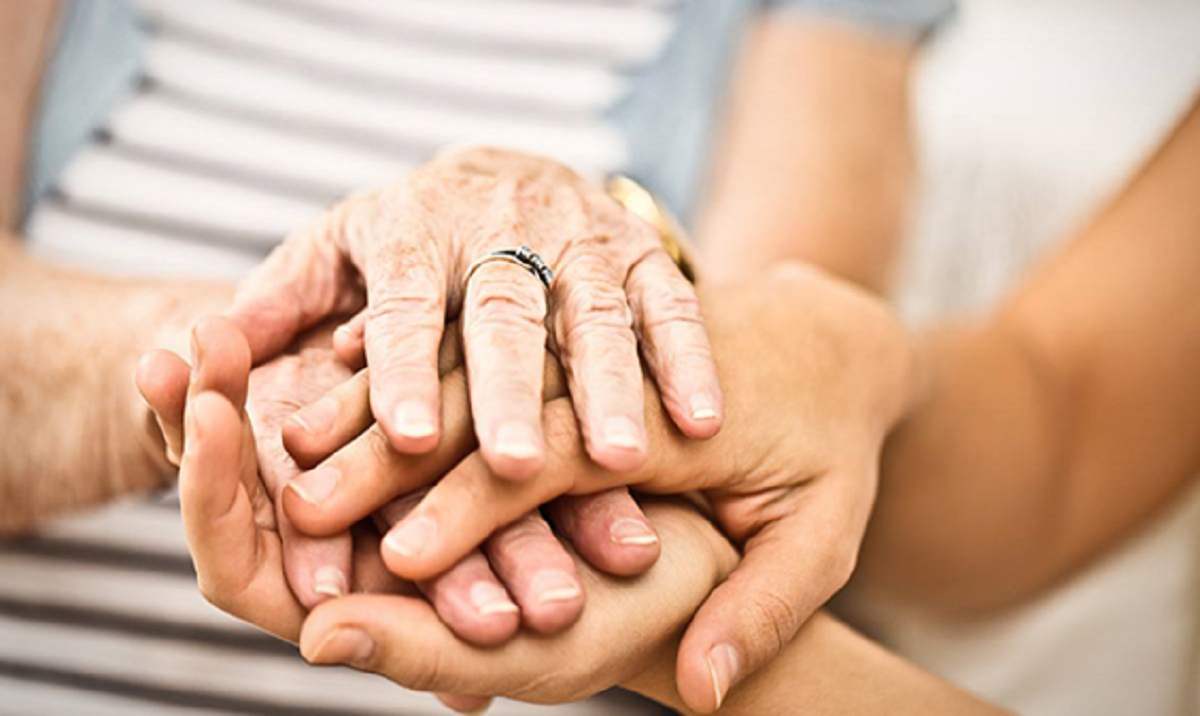
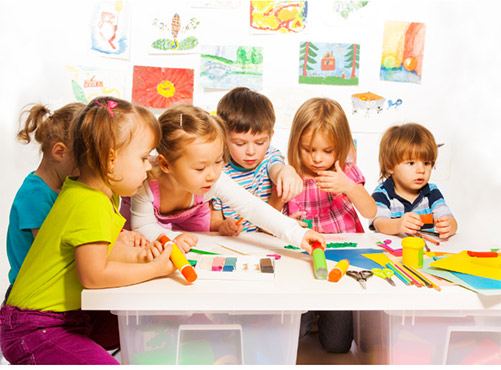
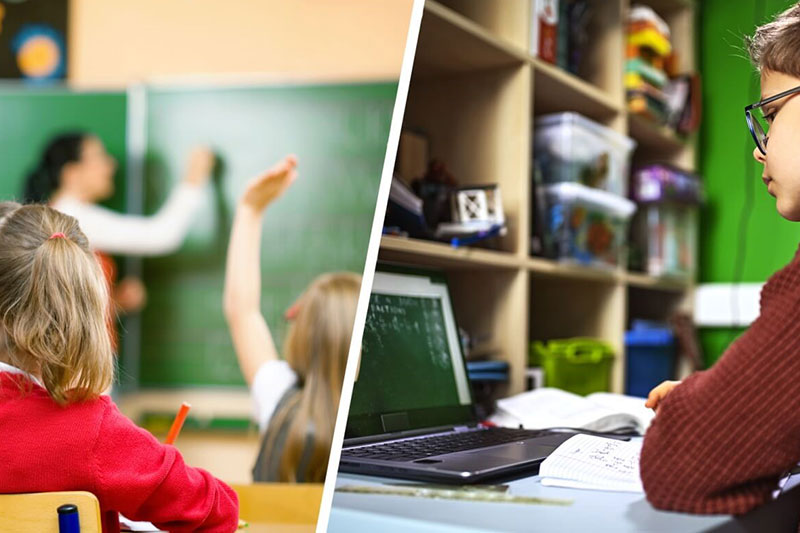


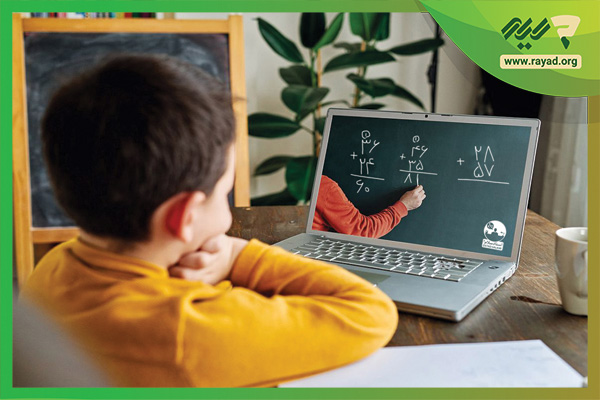
000000000.jpg)

